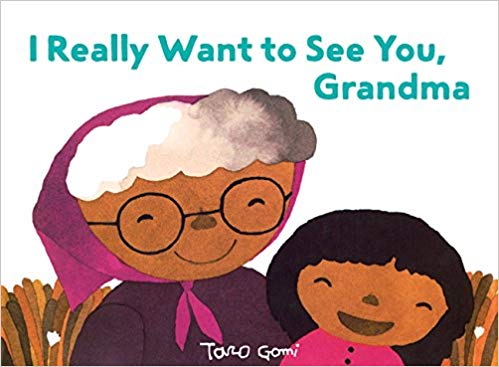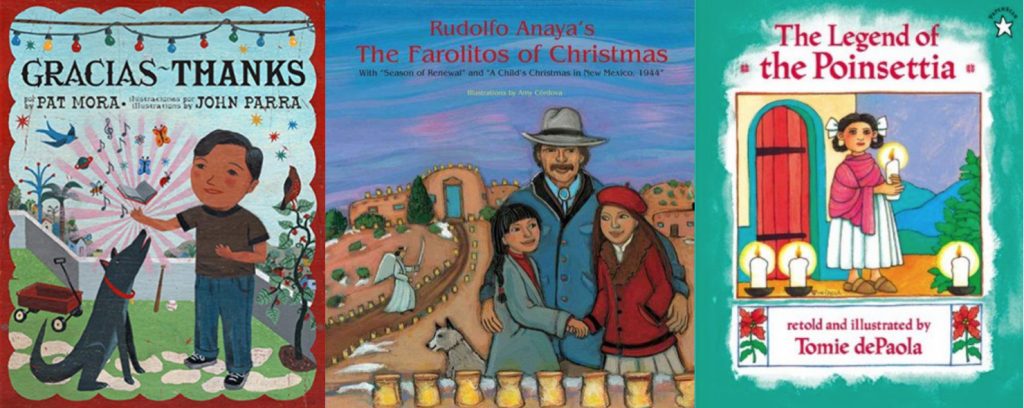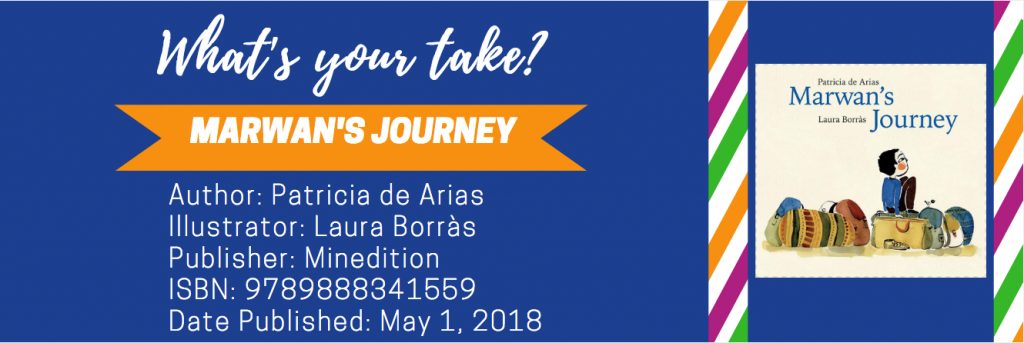By Blaire Krakowitz, University of Arizona
Ancient Stories for a New Generation
 It has been said that no story is entirely original. All stories take ideas and inspiration from others and mold them into something new. Books connect stories from the past to experiences from the present, creating ties between the new and the old. Young Adult fiction embraces older stories and folklore, especially in recent years. Ancient mythologies have become a particularly popular source of inspiration, and for good reason. Myths explain how the world works. Comparisons between the ideas of cultures from the past to our current understanding of the world lend themselves to dynamic, creative exploration in fiction.
It has been said that no story is entirely original. All stories take ideas and inspiration from others and mold them into something new. Books connect stories from the past to experiences from the present, creating ties between the new and the old. Young Adult fiction embraces older stories and folklore, especially in recent years. Ancient mythologies have become a particularly popular source of inspiration, and for good reason. Myths explain how the world works. Comparisons between the ideas of cultures from the past to our current understanding of the world lend themselves to dynamic, creative exploration in fiction.
Rick Riordan’s young adult novels, including the ever-popular Percy Jackson and the Olympians series, bring modern twists on traditional mythologies into the YA mainstream. Riordan explores Greek, Egyptian and Norse myth works–only a few of the myriad of mythologies to grace world tradition. Riordan teamed up with Disney Hyperion to create the Rick Riordan Presents imprint to provide other authors with the opportunity to retell their own cultures’ myths. In the imprint’s first wave of rich stories emerges J.C. Cervantes’ engrossing, action-packed and ceaselessly charming take on Maya legends: The Storm Runner. Continue reading →
 Continue reading
Continue reading 



 Japanese author and illustrator, Taro Gomi, first published I Really Want to See You, Grandma in Japan in 1979. Finally, it has been published for the first time in English so preschool children can enjoy the simple story and the humorous illustrations. The beginning words and illustration set up the story: “Yumi’s house is on a hill. It has a pink roof. Grandma’s house is on a mountain. It has an orange roof.”
Japanese author and illustrator, Taro Gomi, first published I Really Want to See You, Grandma in Japan in 1979. Finally, it has been published for the first time in English so preschool children can enjoy the simple story and the humorous illustrations. The beginning words and illustration set up the story: “Yumi’s house is on a hill. It has a pink roof. Grandma’s house is on a mountain. It has an orange roof.” 




